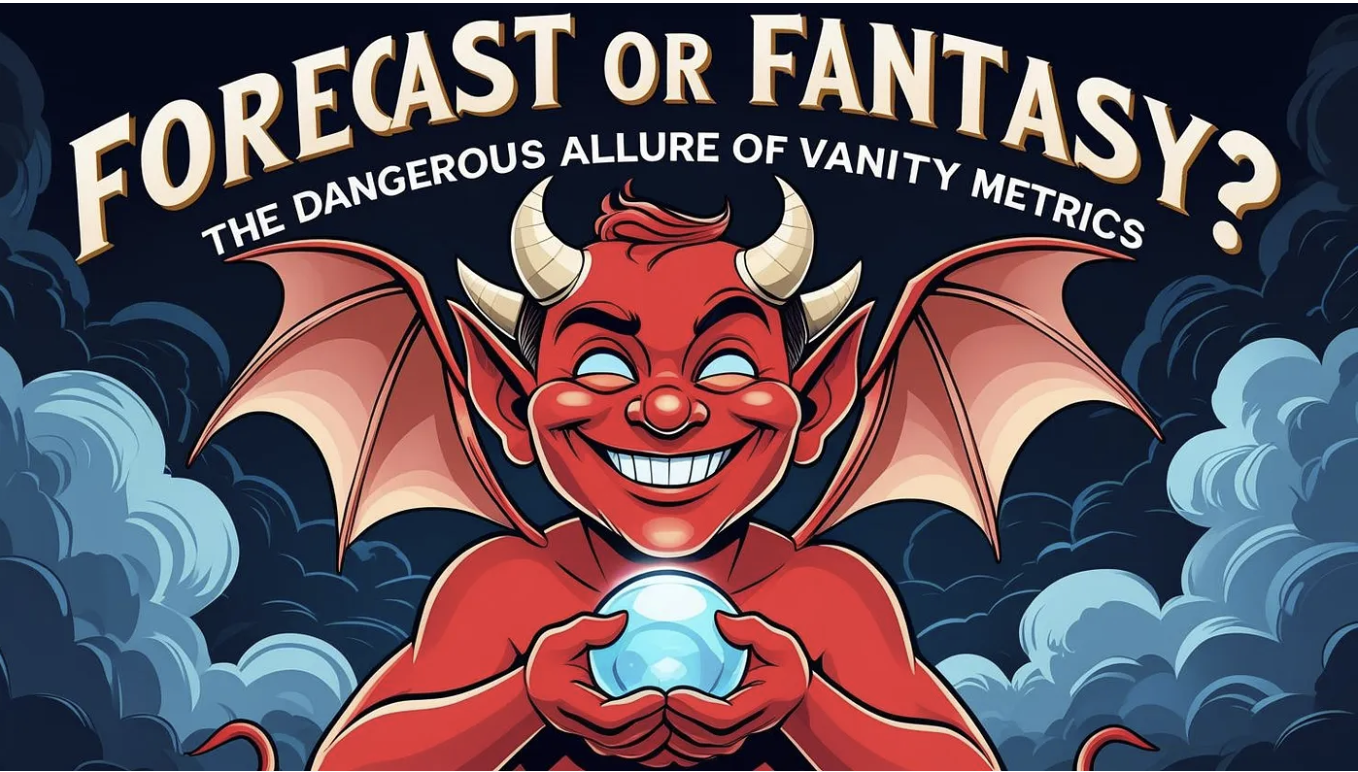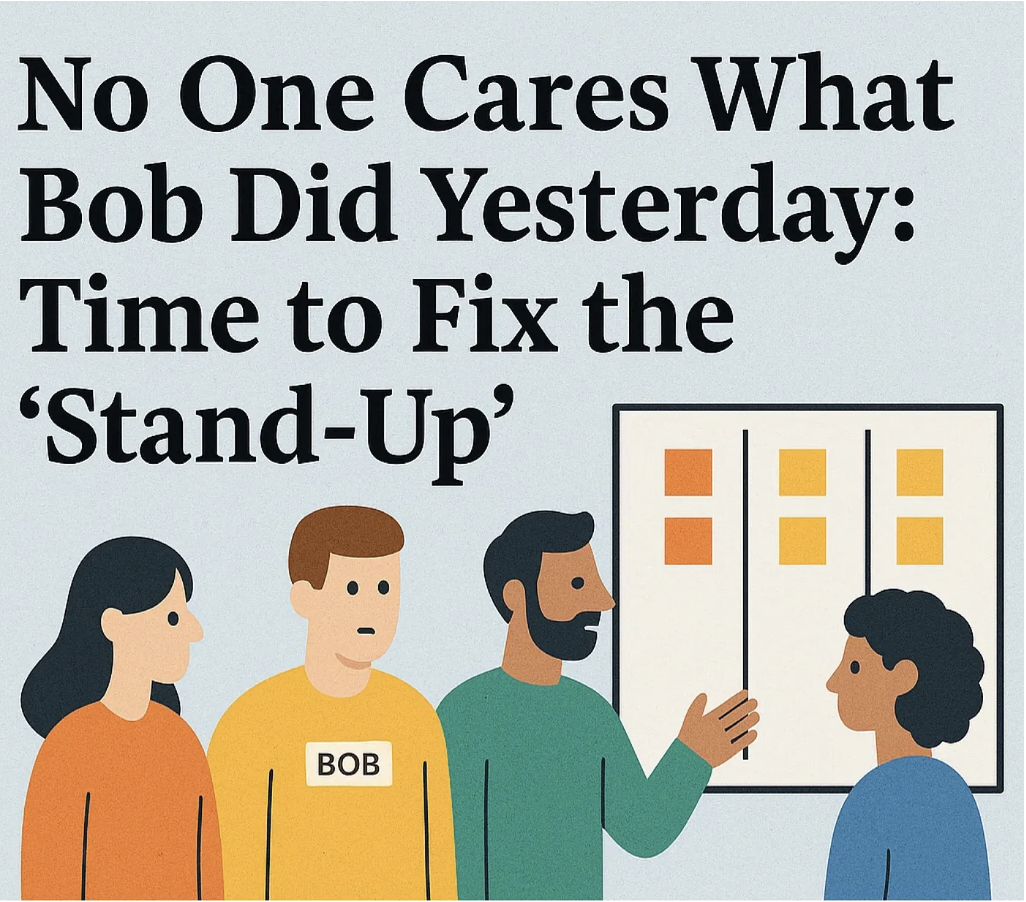Why Is Kanban Gaining Traction in Creative Industries?
I've often pondered the intricate dance between structure and creativity within the realms of project management. My journey through various industries, particularly the creative sector, has illuminated the nuanced challenges faced by teams striving to balance innovation with efficiency. This contemplation has led me to embrace Kanban, a philosophy that resonates deeply with the fluid nature of creative work.
Kanban, with its roots in visual management and lean principles, offers a compelling framework for managing creative projects. It eschews the rigidity often associated with traditional methodologies, championing instead a philosophy of continuous improvement and adaptability. This approach particularly appeals to the creative industry, where the nature of work is more amorphous and less predictable than in fields tightly bound by software development cycles or manufacturing processes.
Enjoy this video? Like and subscribe to our channel: https://www.youtube.com/@nakedAgility
The essence of Kanban lies in visualising work, managing flow, and striving for operational efficiency without overburdening the team. It encourages a collective understanding of workflow and priorities, yet respects the individual's creative process. This balance is crucial in environments where innovation and personal expression are paramount.
Yet, the journey to integrating Kanban within a creative context is not without its hurdles. The challenge often lies in defining and agreeing upon a shared workflow that accommodates diverse creative practices. This task requires a delicate negotiation, blending individual preferences with collective goals to forge a cohesive strategy that enhances productivity without stifling creativity.
Moreover, the misconception that merely adopting a visual board constitutes the implementation of Kanban is a common pitfall. True adherence to Kanban necessitates a deeper engagement with its principles, including defining work in progress limits and continuously refining the process based on feedback and performance metrics. This level of commitment demands a cultural shift, fostering an environment where transparency, collaboration, and continual learning are valued.
How do we navigate the tension between individual creativity and the need for structured workflow in project management? Comment below!
If you want some help please let me know on Martin Hinshelwood



